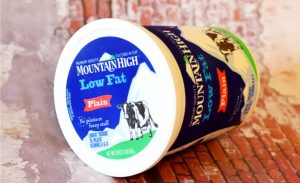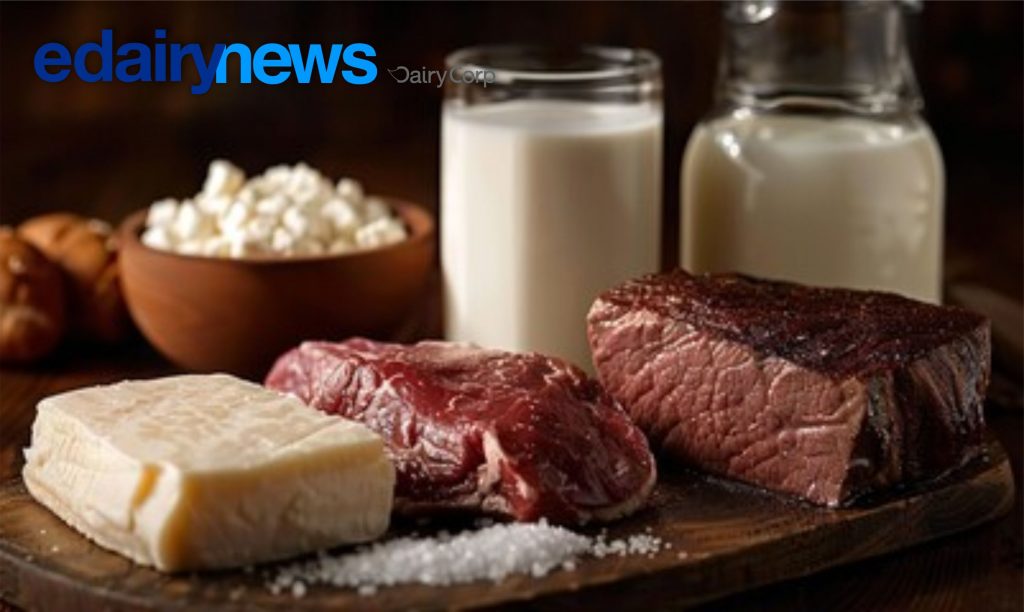“2021 is shaping up to be a mediocre year,” said Matt Gould, president of The Dairy Market Analyst in Batavia, New York.
Gould spoke Sept. 16 during the virtual Dairy Financial and Risk Management Conference sponsored by Pennsylvania’s Center for Dairy Excellence.
The pandemic didn’t just stop rising milk prices in their tracks. It sent dairy markets on a wild ride, and the market still doesn’t look like it did a year ago.
For one thing, 55% of butter’s usage was in food service before the pandemic. The shutdown of those businesses in March cut demand, though strong retail demand has helped.
“We consumed more butter as we went out to eat, but now we are not doing that anymore,” Gould said.
Similarly, gym closures deflated demand for dry whey, which is used in protein shakes.
Whey prices had been rising before the pandemic. Demand has come back somewhat in recent months because China is recovering from African swine fever and looking for whey to feed piglets, Gould said.
This year has brought unusually high Class III prices. At one point this year, cheese sales were up 20%, thanks in large part to strong pizza sales, he said.
In response to the pandemic, the federal government has bought dairy products on a scale not seen since the 1980s farm crisis, Gould said.
Much of those purchases has been channeled into the Farmers to Families Food Box Program, which provides surplus ag products to food banks and other nonprofits to distribute to people in need.
About 100 million food boxes have been delivered since the program began in mid-May, according to USDA.
The agency increased its dairy purchases by 3% going into October, Gould said.
Global milk production slowed down last year, which helped to bring supply back in line with production.
But in the past few months, global production has been ticking back up. A billion pounds were added in June.
“We don’t have this wall of milk coming at us,” Gould said. “We are growing milk again, but it’s not extreme.”
Oversupply weakens prices when global production increases by 1.5 billion to 2 billion pounds per month, Gould said.
At any rate, the United States needs to up its game securing dairy export markets. New Zealand and the European Union provide strong competition, and “a lack of global demand growth, well, that’s going to hurt us,” Gould said.

![o país] tem que ter o seu território protegido, não somente em relação aos seus ecossistemas e meio ambiente, mas também com relação à produção agrícola](https://br.edairynews.com/wp-content/uploads/2024/09/1-120-300x183.jpg)









